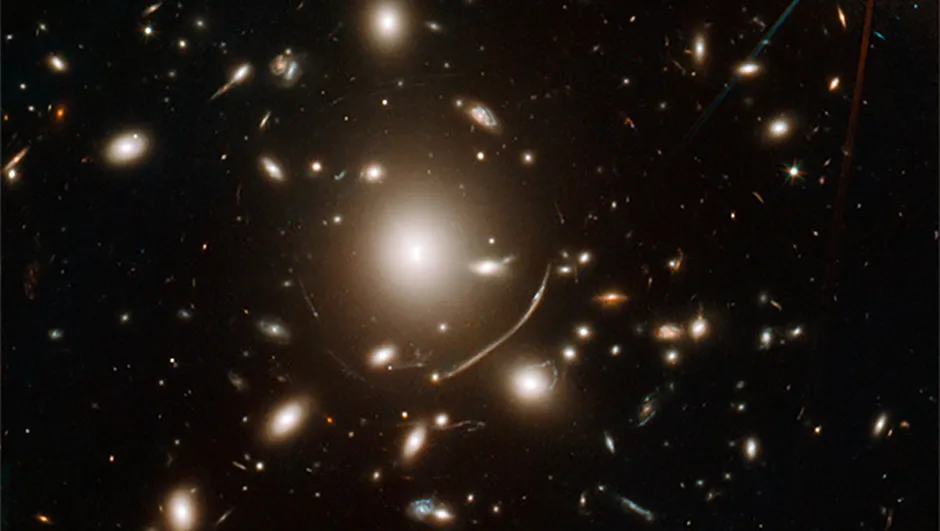Black holes are tricky beasts. It’s only a matter of decades since they were considered likely to be mere theoretical constructs: fun solutions to Einstein’s spacetime equations that don’t reflect anything in the real Universe.
Now, though, we know there are supermassive black holes at the centres of all large galaxies, and their smaller siblings have been spotted throughout the Milky Way.
We detect these black holes through their interactions with their surroundings. We see the material they accrete in the centres of galaxies, and the influence of black holes on their companions in binary systems.
Read more:
- Could Earth be swallowed by a black hole?
- Questions about black holes - answered
- What would happen if you fell into a black hole?

What we haven’t found, until now, is a solo black hole.
The problem is that black holes are…well, black. They don’t emit light, or otherwise announce their presence.
But a large international team led by Casey Lam of the University of California, Berkeley, thinks they may have detected the influence of the gravity of a passing black hole on a distant star, via gravitational lensing.
When a black hole or other compact object passes in front of a distant star being monitored by sky surveys such as the Optical Gravitational Lensing Experiment and Microlensing Observations in Astrophysics, two things can happen.
The star may appear to brighten and fade, due to the lensed magnification, but it may also seem to shift position.

This is the modern equivalent of the experiment carried out by Arthur Eddington and colleagues during a total solar eclipse in 1919.
Observing the shift induced by the Sun’s gravity in the apparent position of distant stars lent support to Einstein’s then-new theory of relativity.
A slow, slight shift in position is exactly what has been observed by Lam and colleagues.
The event is slower than any eclipse, playing out over the course of years, and only one of the five candidate events they consider seems likely to be due to a compact object.
The predicted mass of the invisible lens is between 1.6 and 4.2 times that of the Sun.
That means if it is a black hole, it lies in the black hole ‘mass gap’, more massive than the most massive neutron stars and lighter than the lightest black holes.
So which is it?
Well, that’s complicated.

As well as the two ground-based surveys, data from the Hubble Space Telescope confirms the shift in position is real. But how you combine Hubble’s higher resolution data with the ground-based data matters.
If you treat each individual observation as equally reproduceable, the most likely outcome is that the lens was caused by a black hole. If, however, you treat each set of observations as equally accurate, then a neutron star is, just about, most likely.
Arguments about statistics are difficult to resolve and, with the alignment that caused the lensing ending, we may never know which is the right answer for this system.
But with more data from additional sky surveys coming, this won’t be our only chance of catching a solo black hole with this technique.
Chris Lintott was reading An isolated mass gap black hole or neutron star detected with astrometric microlensing by Casey Y Lam et al.
Read it online at: arxiv.org/abs/2202.01903
This article originally appeared in the April 2022 issue of BBC Sky at Night Magazine.
